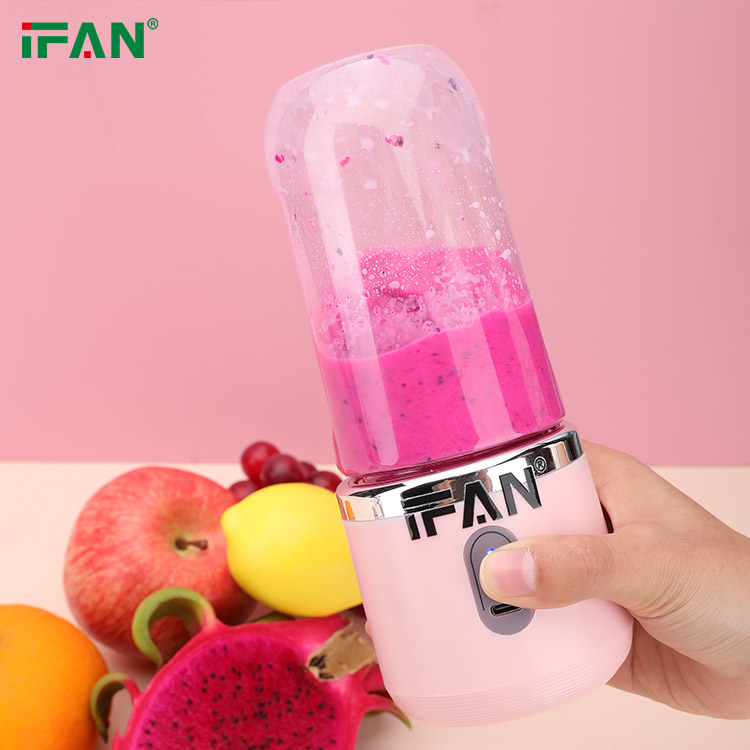When it comes to nutrition, blending and juicing are two common ways of getting your daily intake of fruits and vegetables. Both methods have their unique benefits and drawbacks, making it hard to determine which is healthier.
Blending involves blending whole fruits and vegetables in a high-powered blender and consuming the mixture as a smoothie. Juicing, on the other hand, involves extracting the juice from fruits and vegetables and discarding the pulp.
While juicing may seem like a healthier option since it removes the pulp and provides a concentrated dose of vitamins and minerals, it’s important to consider the potential downsides.

Firstly, when you juice fruits and vegetables, you remove the fiber content. Fiber is an essential nutrient that helps keep your digestive system healthy and can help reduce your risk of certain diseases such as diabetes and heart disease. The process of blending fruits and vegetables, however, retains the fiber content meaning that your body can still benefit from it.
Secondly, juicing can lead to a higher intake of simple sugars. This increase in simple sugars can lead to a spike in blood sugar levels, which can have negative health consequences, especially for those who have diabetes. Blenders, on the other hand, keep the fiber content, which helps regulate blood sugar levels.
Thirdly, juicing can be time-consuming and costly. Juicers tend to be much more expensive than blenders, and the process of juicing can take longer, requiring you to buy more produce to yield the same amount of liquid as a blended smoothie.
But, there are benefits to juicing. For example, by removing the pulp, your body absorbs the nutrients in the juice much faster than it would if you consumed them in blended form. Additionally, since there is no pulp, your body does not have to work as hard to digest the nutrients, which can be especially beneficial for those with digestive issues.
Another potential benefit of juicing is that you can fit more servings of fruits and vegetables into one drink than you could with a smoothie. This makes it easier to meet your daily requirements, which is important for overall health.
Ultimately, the best option depends on individual needs and preferences. However, taking a blended smoothie may have a slight edge over juicing as it retains the fiber content, which is essential for good health.
Some people choose to blend their fruits and vegetables because the blender keeps the whole food, including the fiber, which is essential for digestion and overall health. Blended smoothies can help improve digestion and keep you feeling full for longer periods due to the fiber content.
Another reason why blending may be considered a healthier option is that it allows you to add other nutritious foods to your smoothie, such as nuts, seeds, or yogurt. These additions can increase the protein content of your smoothie, making it a more filling and satisfying meal.
Another benefit of blending is that it can be a quick and easy way to get your daily dose of nutrients. Simply throw a handful of fruits and vegetables into your blender, blend for a few seconds, and you have a healthy and delicious drink in no time.
In conclusion

Both blending and juicing have their unique benefits and drawbacks. However, for overall health, blending may be the better option as it retains the fiber content of fruits and vegetables, which is essential for good digestion and overall health. Regardless of which method you choose, remember to continue consuming a variety of fruits and vegetables to ensure you are getting all of the essential nutrients you need to stay healthy.

